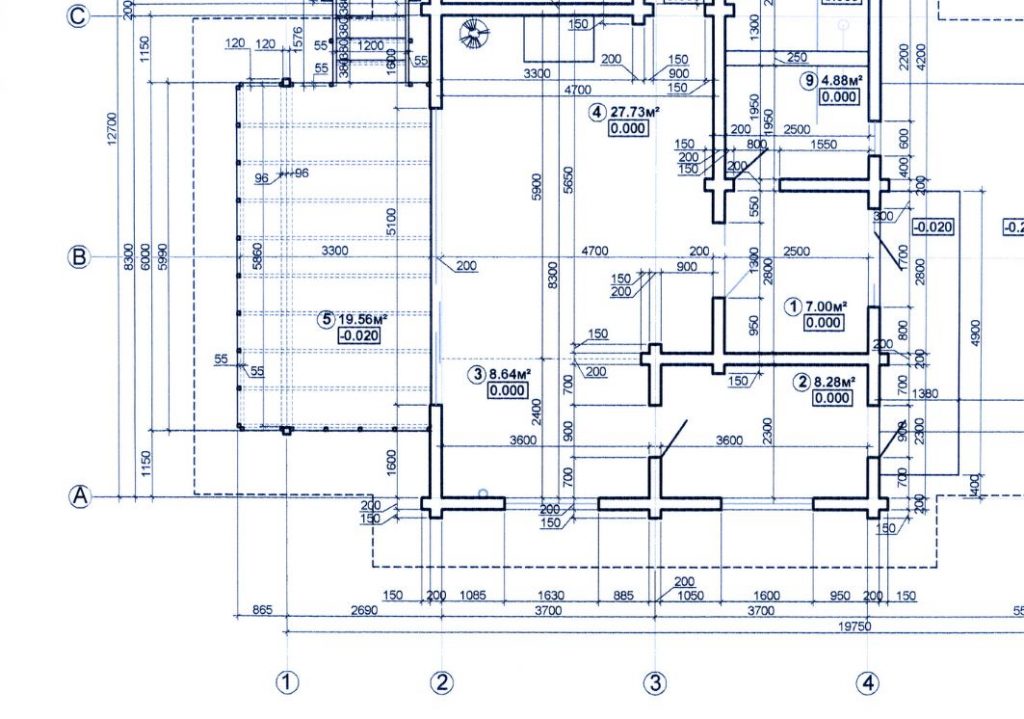When it comes to addressing fire safety, high-rise buildings pose unique and distinctive challenges. Thus, highly effective and reliable fire protection systems for high-rise buildings are a necessity.
In most commercial buildings during a fire emergency, occupants will only need to get down a flight of stairs or two then out of the building to get to safety. That is if they have to take the stairs at all. In the case of high-rise buildings, building occupants may need to take down many flights of stairs just to get to the ground level.
Thus, it’s essential to get the proper fire protection systems for high-rise buildings. Fire safety and protection is comprised of the following aspects: fire resistance during construction and fire control and management in the event of it occurring.
High-Rise Buildings on the Rise
The number of high-rise buildings in the country – whether it’s commercial or condominiums – is consistently on the rise. And according to the National Fire Protection Association, a structure is classified as a high-rise if it’s taller than 23 meters or 75 feet, which is about seven stories. Thus high-rise building owners and property managers should assure the public that their structure is safe and secured.
Here are some helpful fire protection systems tips for high-rise building occupants – from knowing how to use the right fire protection systems to evacuate the building safely.
Use the Stairways

People mistakenly think that the stairways in high-rise buildings are unsafe during a fire.
In reality, the construction of every aspect of a high-rise building, including the stairways and other fire protection systems, is designed to be extremely fire resistant.
In most cases, fires in high-rise buildings often end up being contained in one area or on a specific floor or unit. This leaves the rest of the area of the building, such as the stairway unaffected. Thus, high-rise building occupants must get to the nearest stairs promptly. Under no circumstances should you use the elevators when there’s a fire.
Don’t Panic
This may sound like a simple and straightforward tip. However, it’s difficult to keep calm and collected when facing an emergency, such as a fire. While your first instinct may be to leave the premises immediately, it’s not always the safest choice.
If you know that there’s a fire in your building and are getting ready to leave, try feeling the door with the back of your hand first. If it feels warm to touch in the first five seconds, this means that there’s an unsafe fire condition in the hallway or corridor. If it’s not warm or hot, you can open the door to check for smoke.
And if there is none and the halls is clear, make sure to let everyone on your floor that there’s a fire emergency. Close your office unit or apartment door, but don’t lock it, then go to the nearest stairway or fire exit.
In this instance, get a towel, wet it, and seal the gaps and cracks underneath the door. Try to keep it so that no smoke can enter into your apartment or unit. Try to stay calm and breathe normally so you can think clearly. This will help save not just your life but those around you as well.
Call 911
In an emergency situation, try not to assume that someone has already called emergency response services. It’s always better to call 911 even if someone has already done so rather than just presume someone did.
If you’re calling from a mobile phone, you can make the call while evacuating. Just make sure you’re not distracted as you make your way out of the building.
Be Familiar with Your Building
No two high-rise constructions are alike. Familiarize yourself with the fire protection systems, layout, and fire safety plan in place that your building has implemented. Fire extinguishers, emergency exit signs, and lights should be visible and accessible throughout the premises.

Additionally, know where the fire hose adapters are located.
Maps and other helpful information such as emergency contact numbers for the local fire station, police, and first responders should be available.
Final Thoughts
Knowing these essential things can be the difference between life and death in the event of a fire emergency. Merely knowing the layout of your building will give you a better opportunity to be safe when a fire safety issue happens.

I’m a home theater designer and installer in Atlanta, GA. I do professional photography shootings on the side. Blessed to be married to my sweet Margret. We adore our four sons. A book called “Fair Game” by Valerie Plame Wilson influenced me greatly when I read it years ago. I became a big fan of her books. When I saw that this domain name was available, I grabbed it! When I set out to do a blog on home theater I decided to use it rather than letting it go to waste.



